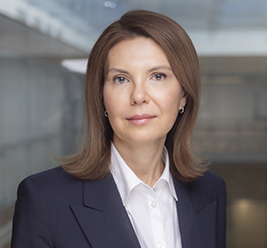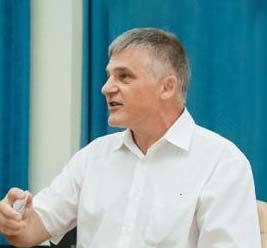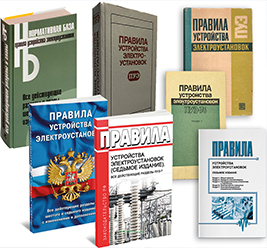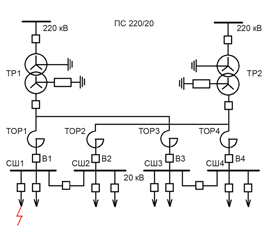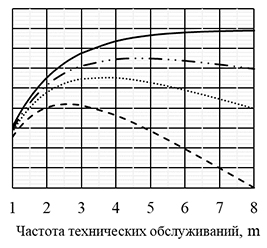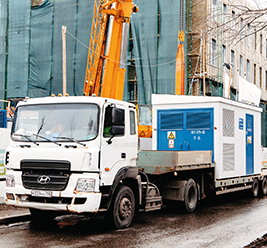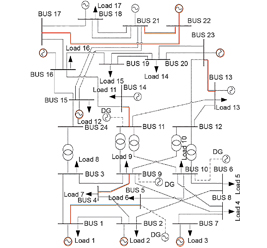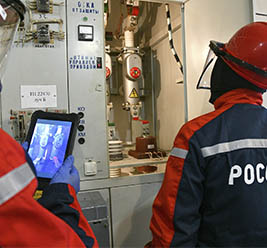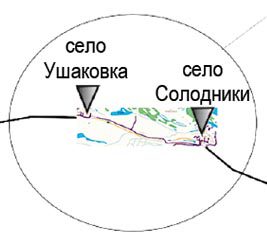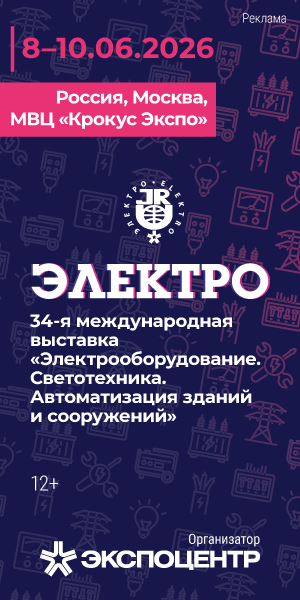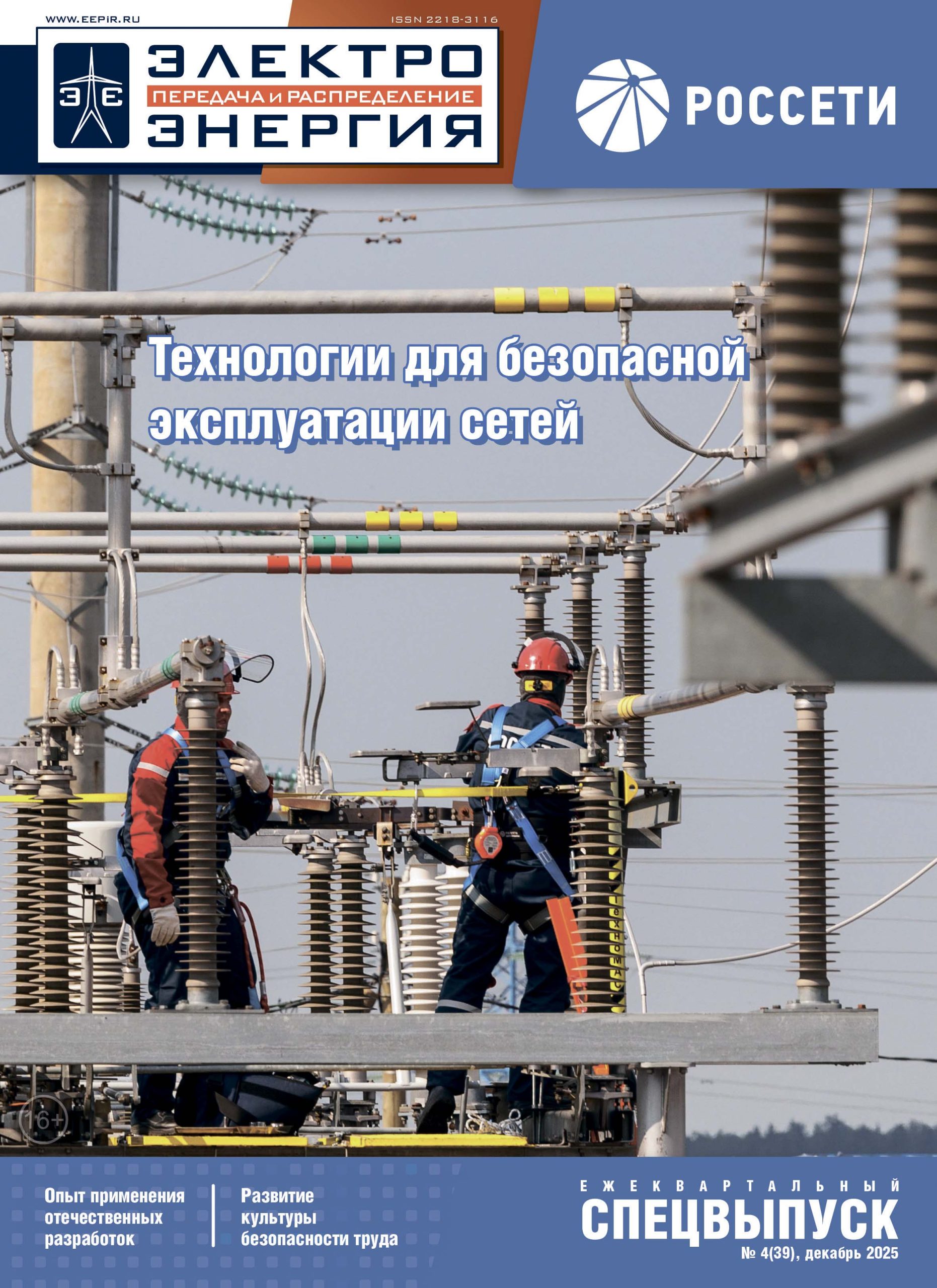Оригинал статьи: Electric Power Supply Reliability is Our Top Priority
In an exclusive interview, Deputy Minister of Energy of the Russian Federation Andrey CHEREZOV and editorial director of «ELECTRIC POWER. Transmission and distribution» journal Ekaterina Guseva discuss the implementation and improvement of risk-based management of facilities and resources in the Russian energy companies, broach the questions of improving the reliability of energy systems and districts characterized by high-risk of power supply interruptions, and examine successful implementation of projects aimed at improving reliability. Much attention is paid to preparation for the autumn-winter period and improvement of the methodology for assessing the entities readiness for the autumn-winter period.




